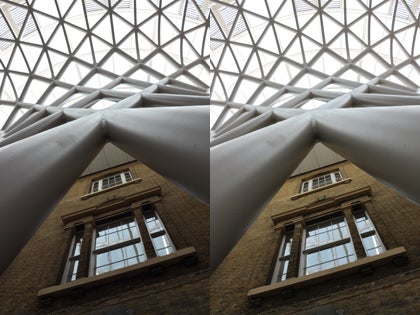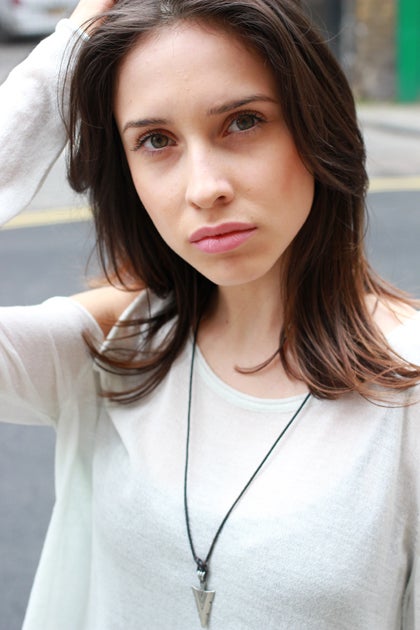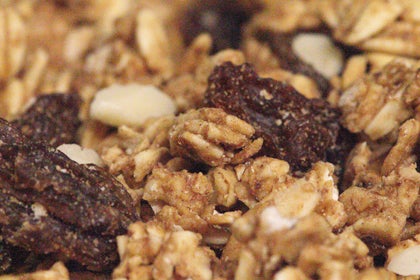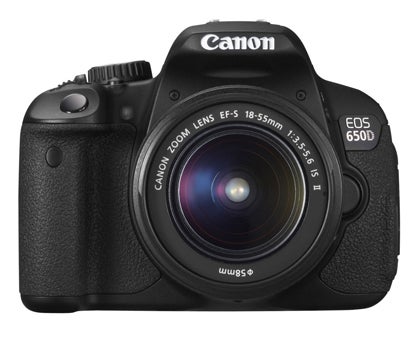The Canon EOS 650D is the world's first DSLR to be equipped with a touchscreen also arrives with a clever focusing system and a handful of extra features. The What Digital Camera Canon EOS 650D review investigates the extent to which their implementation has been successful
Canon EOS 650D Review
Image Quality
Image Quality
Tone and Exposure
There isn’t much to fault with the camera’s iFCL 63-zone metering system, and in most occassions it can be trusted to record the scene faithfully and with no bias towards shadows or highlights. In high-contrast conditions it doesn’t appear to be easily fooled into underexposure, an issue which bothers many cameras. The Auto Lighting Optimizer does a good job to lift balance highlight and shadow areas with the remainder of the image (the images below shows the effect this has), although as it attempts to bring back shadow and highlight details it does have the effect of making certain images – particularly those captured in more contrasty conditions – appears a little HDR-esque, which may not appeal to everyone.

White Balance and Colour
Colours straight from the camera are neutral and close to reality, rather than optimised in any way, and the differences between the various Picture Styles aren’t quite as pronounced as may be expected. The camera’s auto white balance system handles both natural and artificial light well, although it does have the tendency of leaning towards cooler and more neutral tones than towards reproducing the source faithfully. Admittedly the differences here are slight, and some may even prefer this when shooting portraits under artificial light as it will help to remove excess warmth from skin tones.

Raw/JPEG
Contrast receives a slight boost in JPEGs over Raw files and details are noticeably more defined here too, although Canon hasn’t been too aggressive with its sharpening on default settings. Those looking to use JPEGs straight from the camera may wish to adjust this, depending on their intended use and the subject being captured.
Sharpness and Detail
As obvious as it is to say that the lens used affects detail and sharpness in images, the point is underlined here given the occasionally lacklustre quality of the 18-55mm f/3.5-5.6 IS II kit optic. Softness is noticeable at either end of the focal range, particularly when a wide aperture is used, while barrel distortion and chromatic aberrations also make themselves known. Fortunately, once stopped down, or when an alternative lens is used, finer details are recorded much better.

Noise
In a number of scenes such as the one above (captured at the ISO 25,600 equivalent setting), texture begins to form at ISO 400, becoming progressively worse past this point. In terms of colour and exposure, images retain their integrity up until ISO 12,800, with a sharp drop at ISO 25,600. Use of the camera’s noise reduction system is only advisable if JPEGs are not destined being viewed at their full size – if they are, the blurring effects are too apparent.





